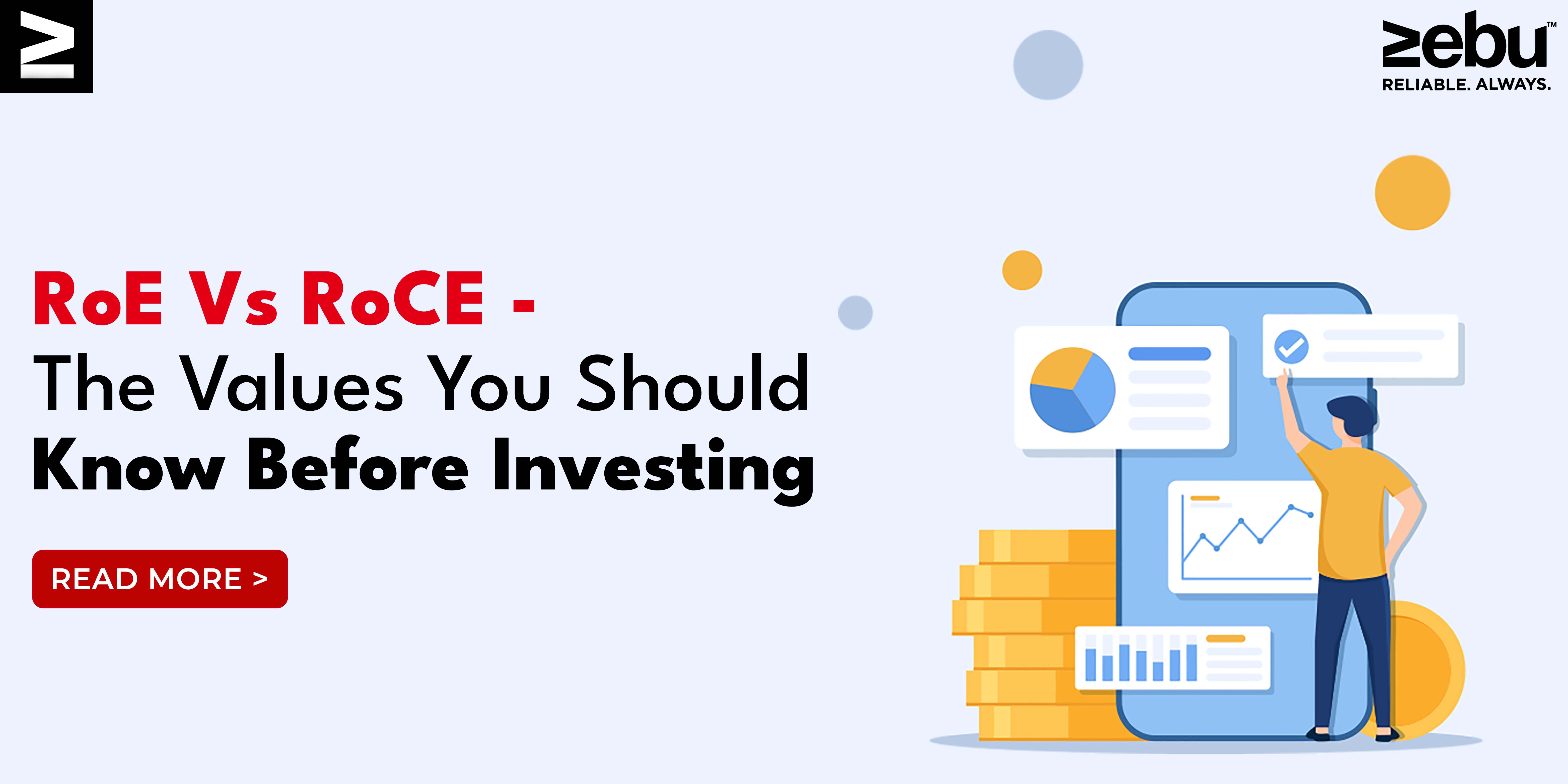
When investing in the stock market, it is important to conduct thorough research and analysis in order to make informed decisions about which stocks to include in your portfolio. One important aspect of this analysis is comparing a company to its peers in the industry. By comparing a company to its peers, investors can gain a better understanding of how it is performing relative to its competitors and identify any potential strengths or weaknesses.
Here are a few steps that investors can take when comparing a company to its peers:
Identify the company’s peers: The first step in comparing a company to its peers is to identify which companies are its peers. This typically involves looking at companies that operate in the same industry or sector as the company in question. For example, if you are considering investing in a pharmaceutical company, you would want to compare it to other pharmaceutical companies.
Gather financial data: The next step is to gather financial data on the company and its peers. This can include data on revenue, profitability, debt levels, and other key financial metrics. By comparing these metrics, you can get a sense of how the company is performing relative to its peers.
Analyze the data: Once you have gathered the financial data, it is important to analyze it in order to identify any trends or patterns. This can involve looking at how the company’s performance compares to its peers over time, as well as how it compares in terms of key metrics such as revenue growth, profitability, and debt levels.
Consider other factors: In addition to financial data, there are a number of other factors that you may want to consider when comparing a company to its peers. This can include things like the company’s management team, business model, and market position. By taking these factors into account, you can get a more complete picture of the company’s strengths and weaknesses.
Use comparison tools: There are a number of tools and resources available to help investors compare companies to their peers. For example, many financial websites and software programs offer comparison tools that allow you to view financial data and other information on multiple companies side by side. These tools can be particularly helpful for investors who are looking to quickly and easily compare companies in different industries or sectors.
In conclusion, comparing a company to its peers is an important step in the investment process. By gathering and analyzing financial data and other key factors, investors can get a better understanding of how a company is performing relative to its peers and identify any potential strengths or weaknesses. By taking the time to compare a company to its peers, investors can make more informed decisions about which stocks to include in their portfolio and increase their chances of long-term success.




